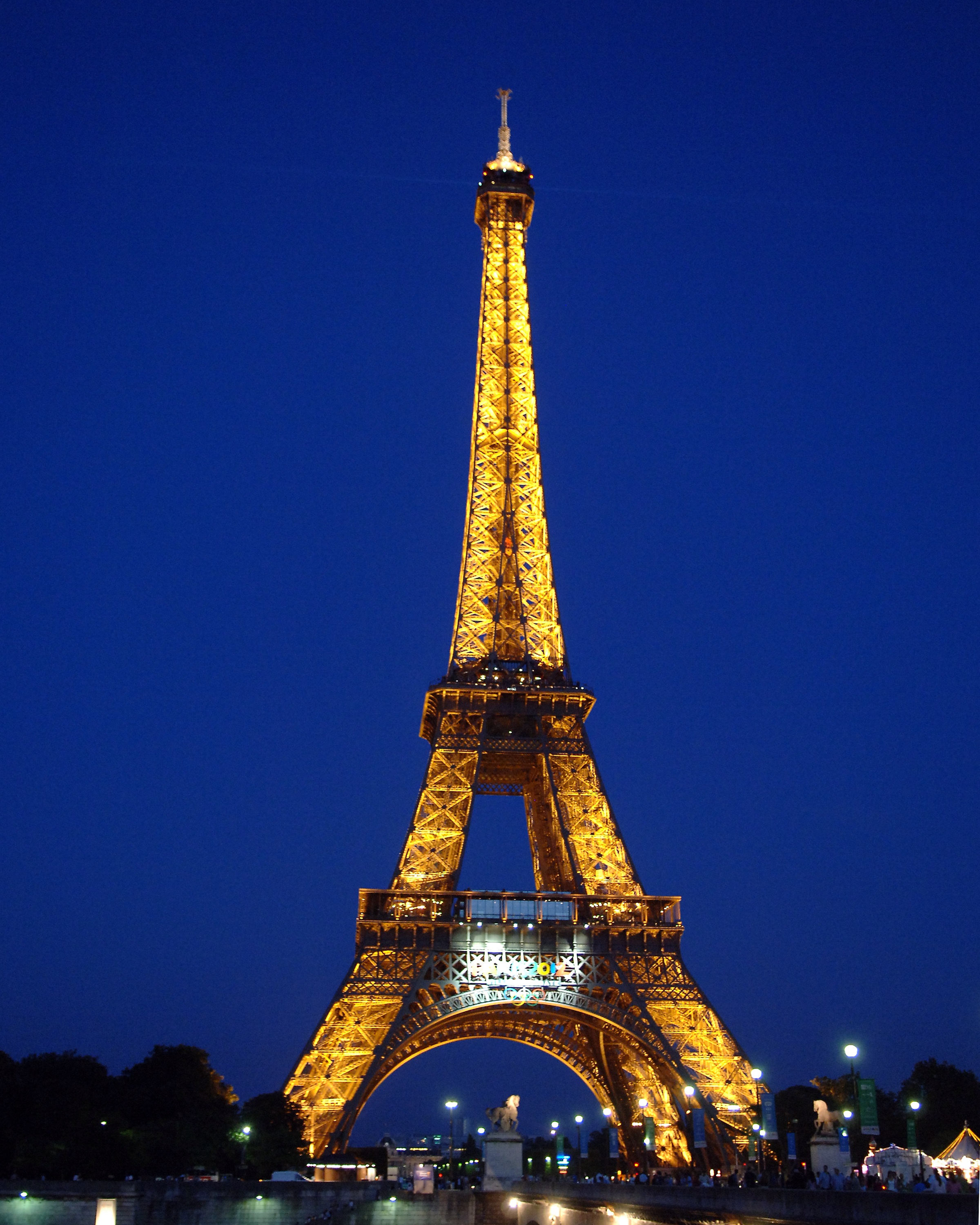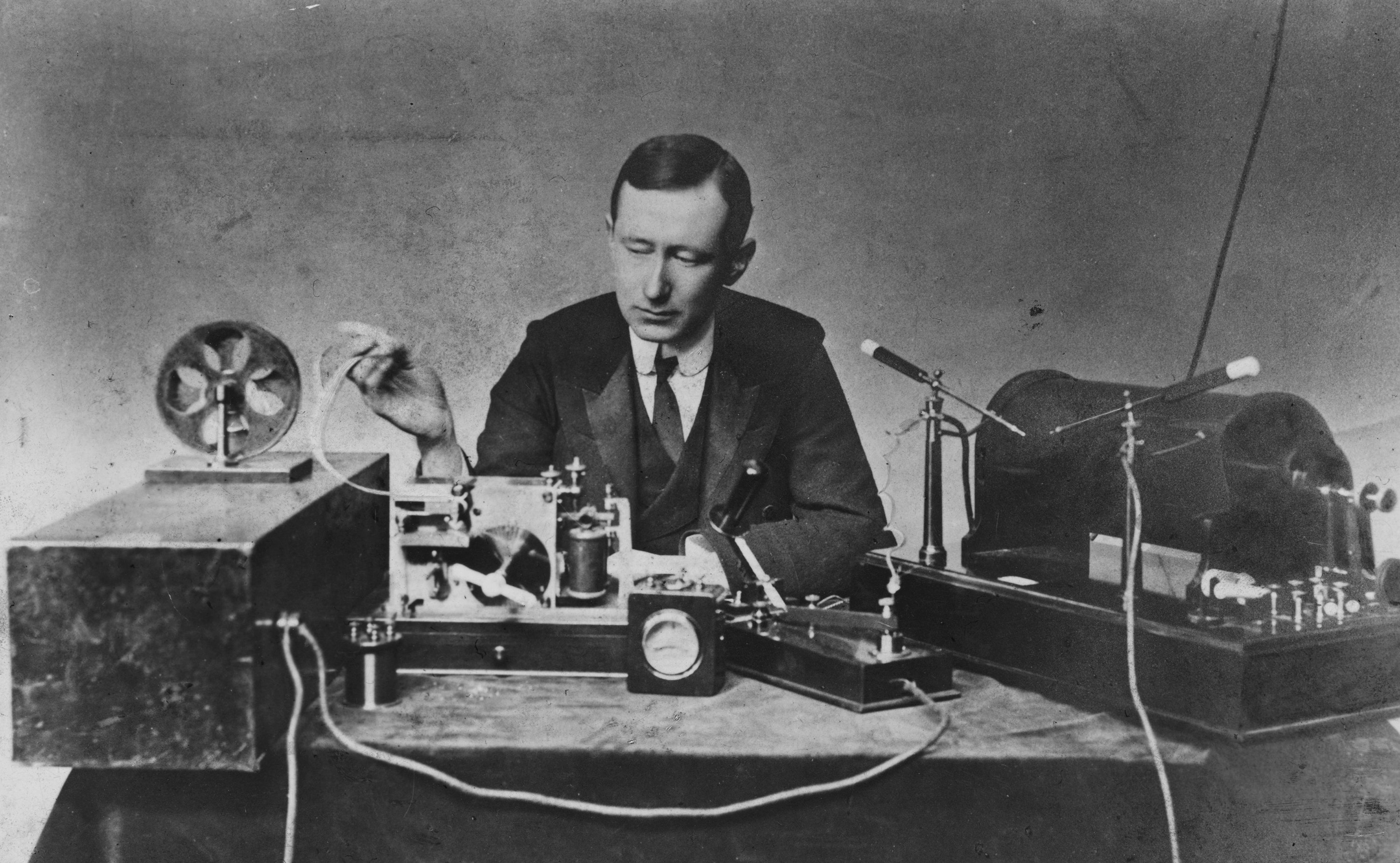
When is an icon also a beacon? The Eiffel Tower has a new capability: digital radio transmission. A helicopter installed the antenna, extending the tower’s height to reach 1,083 feet. Communications transmission is a tradition of the iconic tower. Gustave Eiffel’s sculpture, built for the 1889 Paris Exposition Universelle, was originally slated for removal twenty years after the exposition. The land permit contract expired after two decades, reverting the area to the city of Paris.

But Gustave Eiffel was always devoted to science, even building a special space in the tower for government technological observations and use. So, when a new communications technology pioneered by Hertz, Marconi, Tesla and others developed in the 1890 decade, Gustave Eiffel suggested the tower – for many years the world’s tallest structure – be used as the site for a radio antenna. On 5 November 1898, Eugène Ducretet transmitted the first radio contact from the Eiffel Tower: it would travel 2.49 miles (4 kilometers) to the Pantheon. The next year, the Eiffel Tower’s new radio capability transmitted a signal from Paris to London. Later, television signal capability added to the Tower’s importance and permanece.

The Eiffel Tower communicates in another way: color. When the historic Paris Agreement was signed in 2015, to begin a new era of cooperation as the world’s countries and businesses pledged to stop climate change, the Eiffel Tower displayed the message while the structure gleamed in green lights. More recently, Paris illuminated the Eiffel Tower in the blue and gold of the Ukrainian flag.

By 2050, 68% of the world will live in cities: the increasing density will mean more high-rise buildings, skyscrapers, and towers. Economies of scale may influence municipal regulations for water and sanitation systems, energy options, and transport links. Tall buildings like Willis Tower in Chicago might also provide new forms cellular and internet transmission.

Lemoine, Bertrand. “How did radio save the Tower?” 10 February 2020. https://www.toureiffel.paris/en/news/130-years/how-did-radio-save-tower
United Nations. “68% of the world population projected to live in urban areas by 2050.” 16 May 2018. Department of Economic and Social Affairs, United Nations. https://www.un.org/development/desa/en/news/population/2018-revision-of-world-urbanization-prospects-html
VIDEO: “Eiffel Tower grows by 20 feet.” CNN.com. https://www.cnn.com/travel/videos/travel/2022/03/16/eiffel-tower-height-change-lon-orig-na.cnn
Willis Tower, Chicago. https://www.willistower.com/history-and-facts/antennas
Building the World Blog by Kathleen Lusk Brooke and Zoe G. Quinn is licensed under a Creative Commons Attribution-NonCommercial-NoDerivs 3.0 Un
